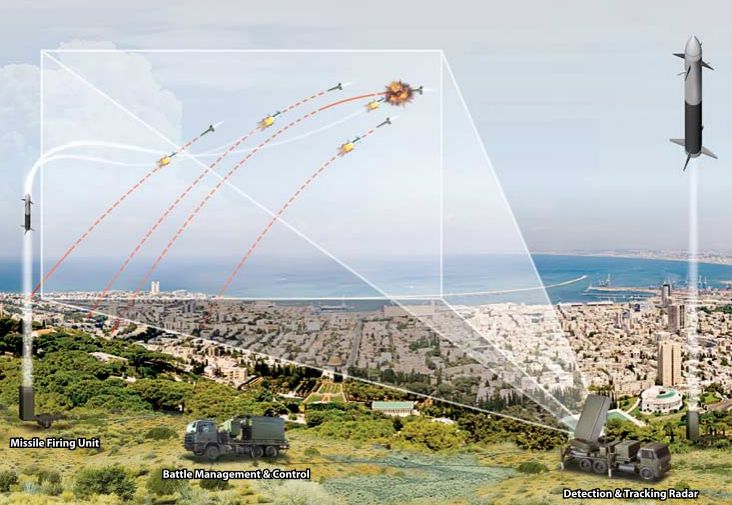Ground Forces Commander Maj. Gen. Sami Turgeman discussed IDF preparations for the modern battlefield, including recent improvements both in terms of technological equipment and manpower quality
“In light of change in the characteristics of conflict, we definitely need fast and lethal maneuvers. We understood this during the Second Lebanon War and Operation Cast Lead. A fast and lethal maneuver shortens the duration of war while preserving our old concept of security – of moving the action to the enemy’s territory as fast as possible,” says Commander of the IDF Army Headquarters Maj. Gen. Sami Turgeman, in a recently published interview he granted to the military magazine Israel Defense.
During the interview, Maj. Gen. Turgeman discusses recent changes in the Ground Forces, which increased preparation training. “We are getting stronger with new platforms of Merkava Mk IV tanks and Namers [an Israel heavy armored personnel carrier based on the Merkava Mk IV tank chassis] for the infantry forces. We will equip ourselves with a new set of Spike missiles in order to increase the accuracy of our strikes and with a few more sets of the accurate Cardom mortar system,” noted Maj. Gen. Turgeman.
“The Raz radar system significantly improves our ability to pinpoint the enemy”
The Ground Forces Commander revealed in the interview that, “The first multi-branch radar is becoming operational these days in order to face the enemy whose main weapon is to fire rockets at our home front. We need a system which collects data about the enemy’s location – and the Raz radar is doing exactly that.” According to him, the Raz radar system is exceptional in its accuracy, reliability and the integration of the picture into the command and control system. The Raz radar significantly improves our ability to pinpoint the enemy on the rocket launching grounds in order to decide whether to act or not,” explained Maj. Gen. Turgeman.
Maj. Gen. Turgeman also discussed the intelligence capabilities of the Ground Forces, in terms of intelligence gathering and operating unmanned aerial vehicles. “Today, 20 teams of tactical UAVs already operate within the new Sky Rider unit,” explained the Major General. He also noted that “Already today, the battalion commander takes a Sky Rider crew at night, signals the enemy he sees and directs fire.”
“The system doesn’t know the art of commanding”
Along with introducing improvements in the intelligence gathering capabilities, Maj. Gen. Turgeman made it clear that the Ground Forces continue to operate to implement and improve the command and control systems. “Our challenge is to prevent the division and the brigade from working for the Tsayad (“Hunter”) Digital Army Program (DAP), but to have the system work for them. As soon as this year we will introduce a portable command and control system to the infantry forces which will be called Shachar,” Commander of the Ground Forces noted.
“Moreover,” the Major General continued, “we will finish linking all the divisions in the IDF with the new version of the DAP, in order to have the entire army built on the same structure and not have brigades which seem somehow to act differently. I want consistency which will create a common and professional language.” Along with the strengthening the command and control system, Maj. Gen. Turgeman stresses that the Ground Forces “are striving to educate commanders and train them to understand that the DAP is here to help them in their control operations, but not to replace them. Even with the system, a commander will have to get a feel for it and lead the forces. The system doesn’t know the art of commanding, it only makes the commanders more effective.”
Beyond the technology equipment processes, the Ground Forces Commander noted that the most important ingredient of all is the investment of the Ground Forces in the quality of command and the training. “The quality of command is the flagship of the Ground Forces, and we will invest every effort in order to take it as far as possible”, noted Maj. Gen. Turgeman. “This year we markedly increased the level of difficulty of training exercises in the reserve brigades – including training exercises with live fire for entire reserve brigades, training which were not like these since the beginning of the last decade.”










